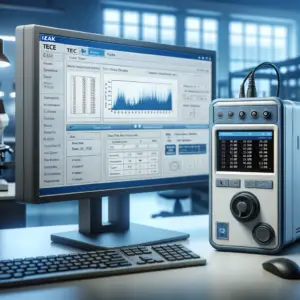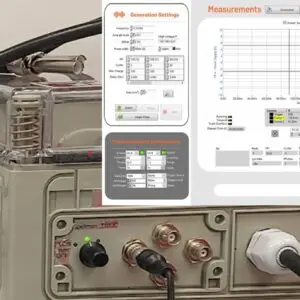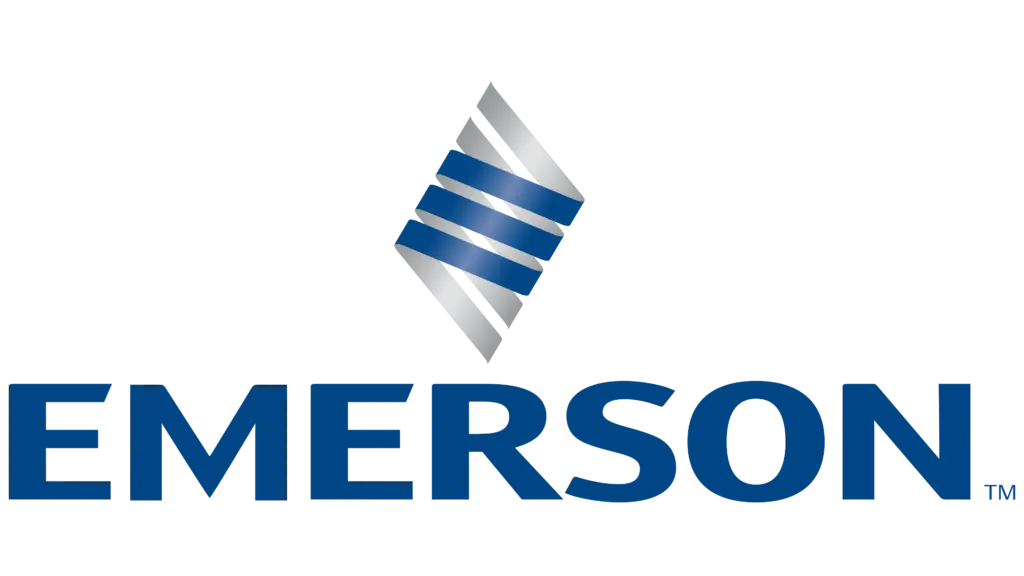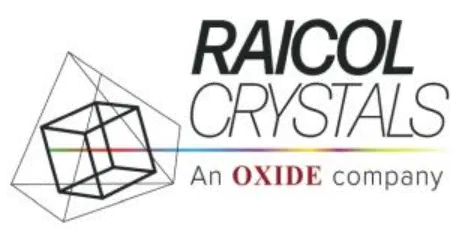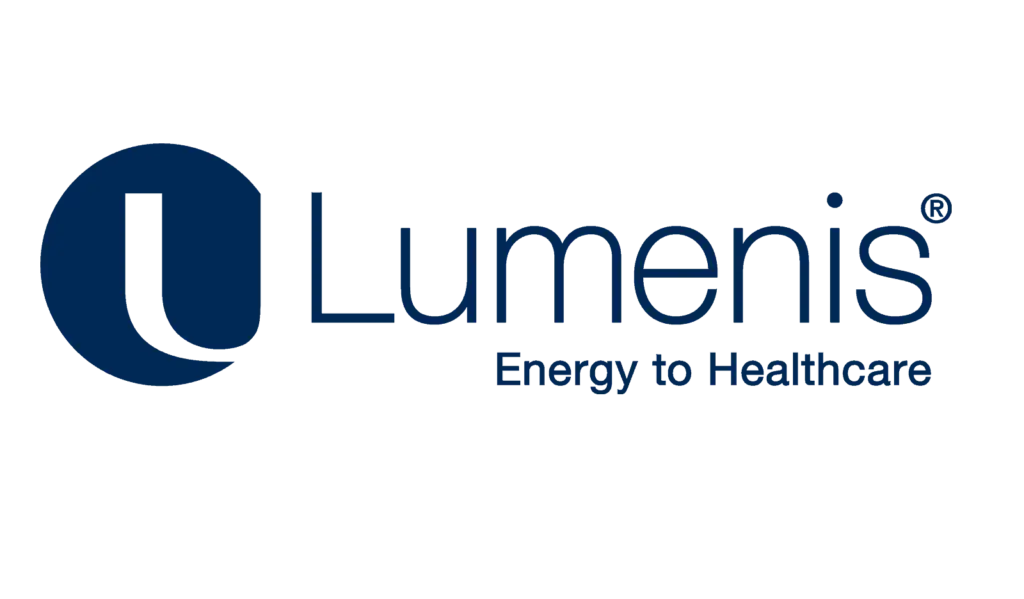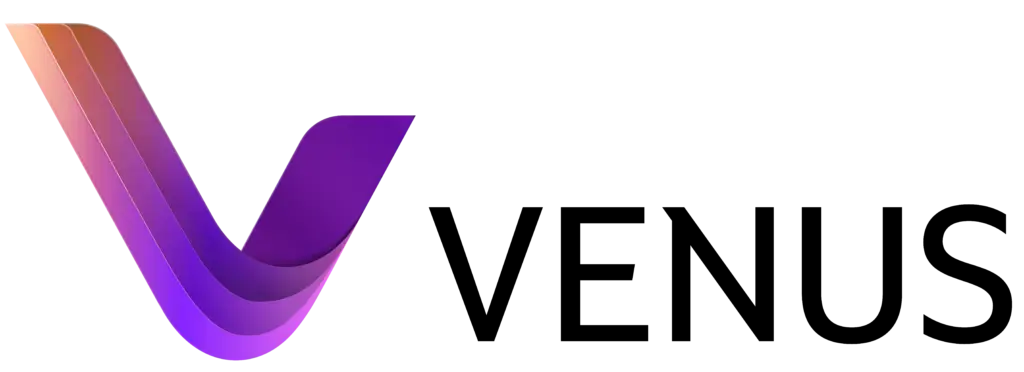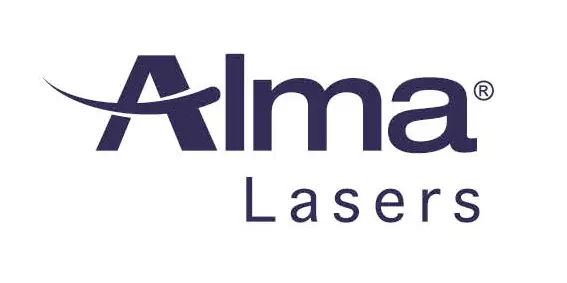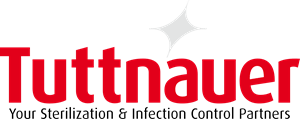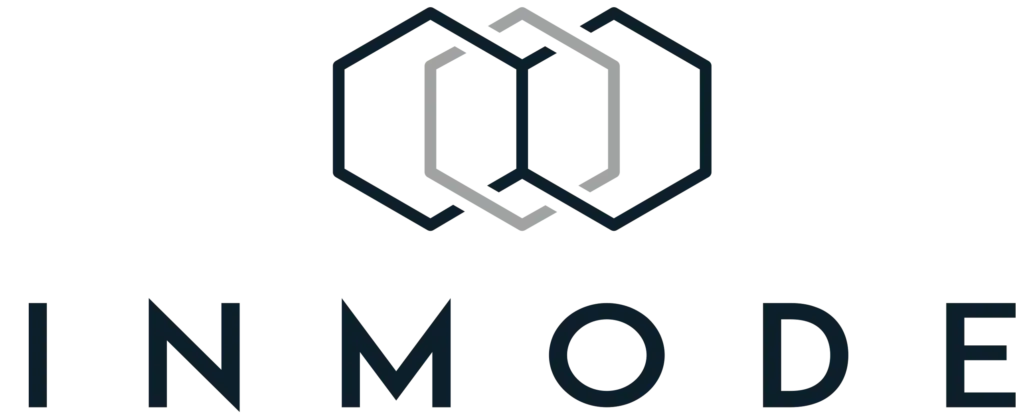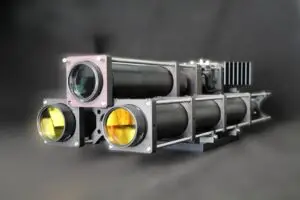We covered in previous articles the power of ultraviolet C light and its ability to kill numerous bacteria and viruses within seconds. How about safety, is UVC light safe?
Many things in our lives are safe because we made them safe. For instance, a car. You can safely drive a car if you wear the seatbelt, follow the traffic rules, and the car is in good working conditions. You also took driving lessons in order to get a driving licence, right? Driving a car becomes dangerous if the rules above are not followed.
How about prescription drugs? They are by- prescription only because your doctor is trained and can recommend a specific drug, in a specific dose. It is important to take the medicine as directed to get the maximum benefit and minimize the risk of side effects. Taking medication on your own and/or the wrong dose can cause serious adverse reactions.
The ultraviolet light disinfection is also safe when used properly, and becomes unsafe if misused. By the way, it is much easier to learn how to safely use UVC compared with driving lessons! When used properly, the UVC light provides enough “germicidal” light to ensure the bacteria and viruses are killed/inactivated, but not enough to cause damage to surfaces or materials.
Questions & Answers About UVC Safety
1.What is the most important thing you should know about UVC light and ultraviolet light disinfection?
Ultraviolet C light is used for surfaces, air and water disinfection. Humans should avoid exposure to this light. Although some studies suggest that a small portion of the spectrum called far-UVC could be safe for humans, there is not enough scientific evidence to support this idea at this point. [1]. Keep in mind that UVC light offers additional safety during these difficult times. You do need to follow the recommendations like washing hands frequently and maintaining physical distance during COVID-19 outbreak.
2.What are the top safety considerations when using UVC devices for UV Light disinfection?
University of California, Irvine Environmental Health & Safety Office Radiation Safety Division [2] recommends the following:
- Carefully study the manuals supplied by the manufacturer and do not deviate from the instructions concerning its safe operation without first contacting the manufacturer.
- Whenever possible, UV lamps should be used under totally enclosed, interlocked conditions. Interlocks must not be intentionally defeated unless the attendant hazards are otherwise well controlled!
- The UV lamp should never be viewed directly. Serious and painful eye and skin injuries can result if UV lamps are used improperly.
- Operators of UVC devices for which the radiation is not totally enclosed and exposures are possible must wear UV-filtering face shields, long-sleeved shirts, gloves, and sometimes long pants.
3.What do health authorities say about the UVC light?
The UVC technology used in our PXL products is different from most UVC devices available on the market, because we want the very best for our customers. This particular technology has been approved by the U.S. Food and Drug Administration (FDA) for food-surface disinfection since 1996. [3], [4]. Research studies also tested this form of UV light disinfection for air treatment, wastewater, certain liquids and packaging material.
More recently FDA released a document allowing UVC disinfectant devices to be used in health care settings during the COVID-19 emergency. Again, the same technology was found effective against the novel coronavirus Sars-Cov-2 and is used to disinfect masks and other protective equipment in hospitals. [5]. At all times, the safety instructions specific to UV light disinfection devices should be followed.
4. Does UVC light generate ozone?
Some UVC devices generate ozone, others don’t because only a portion of the UVC spectrum creates ozone. While the ozone is antimicrobial on its own and enhances the efficacy of UVC light, especially in the shaded areas, excess ozone raises safety concerns. The PXL products are tested to maintain ozone levels within safe limits and come with a full training and instructions manual.
- https://www.discovermagazine.com/health/are-ultraviolet-sanitizing-lights-safe-for-humans
- University of California, Irvine Environmental Health & Safety Office Radiation Safety Division
- https://www.sciencedirect.com/science/article/pii/S0924224418308495
- https://www.accessdata.fda.gov/scripts/cdrh/cfdocs/cfcfr/CFRSearch.cfm?fr=179.41
- https://www.medrxiv.org/content/10.1101/2020.05.06.20093658v1
Tzachi Sabati
CEO, IZAK Scientific
Physicist specializing in photonics and quantum technologies, with deep expertise in quantum sensors and advanced optical systems. Leads the Advanced Quantum Lab course at the Technion, bridging academic excellence with industry innovation. At IZAK Scientific, provides cutting-edge photonics-based solutions, developing customized inspection and sensing systems for R&D and production. Passionate about advancing quantum sensing applications and integrating novel technologies to meet industry needs.




